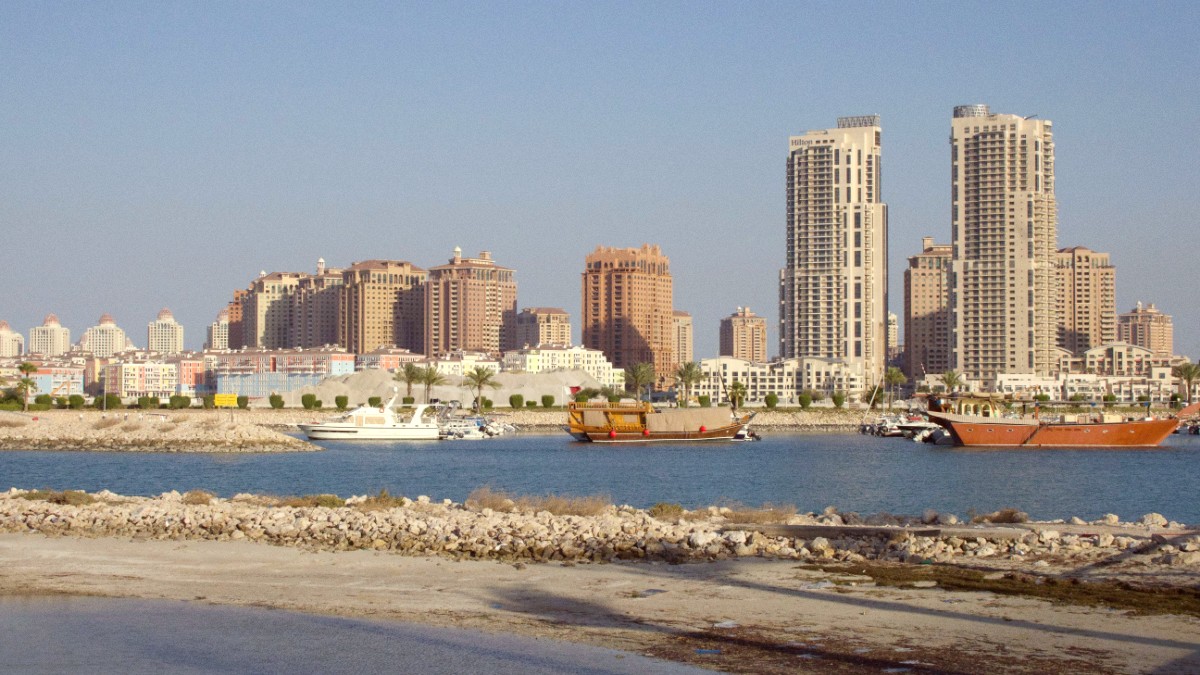
Qatar
The city functions as a major transit hub, mainly due to Hamad International Airport, a world-renowned facility connecting East and West. This connectivity buttresses Doha's role as a growing destination for tourism, arts, and sports. The city invests heavily in culture, exemplified by its world-class museums and cultural institutions, housing impressive collections and hosting international exhibitions. Education City, a sprawling campus with branches of international universities, positions Doha as a hub for research and learning, drawing scholars and students worldwide.
Doha's journey from a humble pearling village to a world-class metropolis illustrates a remarkable transformation driven by natural resources and ambitious vision. This history presents context for the city's current identity and its dedication to preserving heritage while embracing progress.
The city's commitment to safety and cleanliness also makes for a welcoming and secure environment. This presents a city continually evolving, an unique window into the Arabian Gulf.
Doha began as Al Bidda, a small settlement in the late 19th century. Its origins are in pearl diving and fishing, activities that sustained the local population for centuries. The discovery of pearls in the Gulf attracted traders and settlers, establishing small communities along the Qatari coast. Al Bidda grew into a significant pearling port, connecting it to wider trade networks in the Indian Ocean. This period was marked by a reliance on maritime resources and a traditional way of life, distinct from today's urban landscape. The city’s early architecture mirrored these humble beginnings, with simple mud-brick houses clustered around the harbor.
In 1916, Doha became the capital of the British Protectorate of Qatar. This marked a turning point, formalizing its administrative status. The transformation of Doha truly began with the discovery of oil in the 1940s and, more significantly, vast natural gas reserves in the 1970s. These discoveries led to great wealth and rapid modernization. Qatar gained independence in 1971, and Doha remained its capital, becoming the economic and cultural engine of the new nation. The influx of oil and gas revenues allowed for massive infrastructure projects, transforming the small port into a major global city.
Origins as Al Bidda, a pearling and fishing village.
Doha designated capital of British Protectorate.
Oil and natural gas discoveries bring immense wealth.
Qatar gains independence; Doha remains capital.
Hosts Asian Games and FIFA World Cup, raising global profile.
The city has since undergone dramatic urbanization, characterized by the construction of skyscrapers, advanced transportation networks, and modern amenities. This rapid development positioned Doha on the international stage. Hosting major international events further cemented Doha's global prominence. These events showcased the city's capability to host large-scale gatherings and highlighted its blend of traditional Arabian culture with contemporary global influences.
Doha, the capital city of Qatar, sits on a peninsula in Western Asia. Qatar borders Saudi Arabia to its south, and the Persian Gulf, also known as the Arabian Gulf, surrounds its other three sides. Doha's location on the east coast of the Qatari peninsula gives it immediate access to the Gulf, shaping its historical development as a port city and influencing its climate. The city occupies a flat coastal plain, extending from the water's edge into the desert.
Doha's coordinates (approx. 25.2854° N latitude and 51.5310° E longitude) place it within a desert climate zone, with high temperatures and minimal rainfall. The coastal location brings significant humidity, especially during warmer months, impacting building design and daily life. The flat terrain supported the rapid and extensive urban development seen today, with modern infrastructure across a wide area.
Doha’s dynamic transformation from a humble pearling village to a global metropolis.